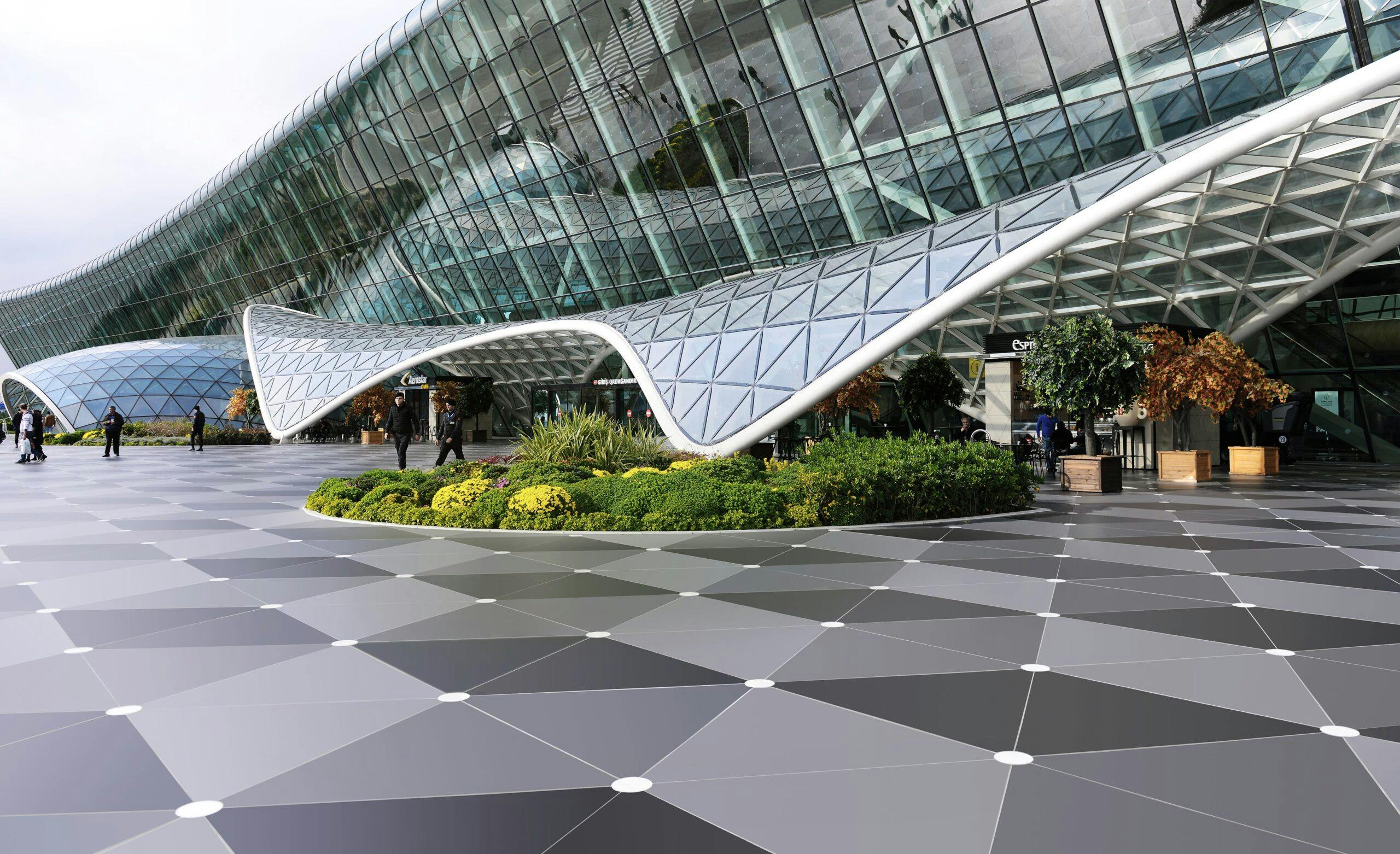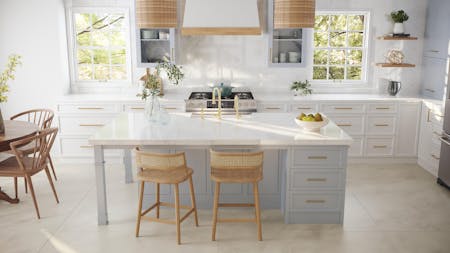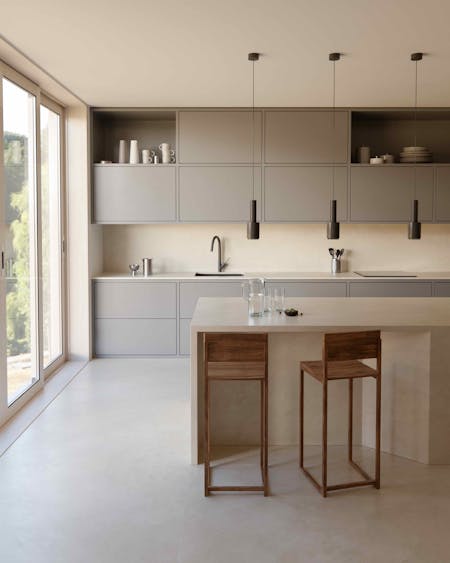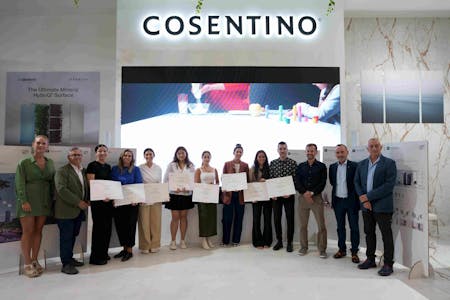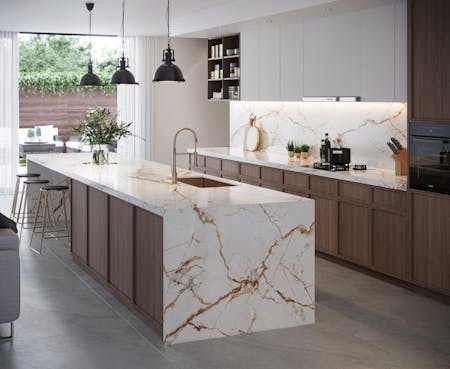
New curtain wall designs for the outer surfaces of buildings
The different solutions that you can find on the market for the outer skin of your building have two roles: energy and aesthetics.
The energy-related aspect of the resurfacing of a facade is very much determined by the type of insulating material chosen, in terms of both its capacity to insulate and its position within the whole design Likewise, the material used to put the finishing touches on the whole ensemble plays a crucial role.
In terms of design, the outer skin is key to the aesthetic of a building as it makes the first impression and highlights the unique personality of every project. Many architects make the form or style of a building’s outer surfaces central to their personal brand.
Curtain wall – Dekton floor at Baku Airport
4 proposals for exterior design
Outer surface designs should be tailored to suit each individual building and project. In order to achieve this, you have a wide range of solutions at your disposal. Here are some of the most common ones:
- The traditional single layer of mortar: a plaster exterior to which colour can be applied in order to achieve the desired finish. The facade acquires a certain degree of impermeability, and it also dries out readily so that rain will simply evaporate away.
- Thermal isolation systems: there exist a diverse array of thermal isolation systems for the exteriors of buildings. The most common systems on the market consist of expanded polystyrene panels which give the building the properties of impermeability and breathability, as well as providing thermal isolation. Usually, this type of outer skin is given a decorative finish using acrylic plaster.
- Glazed curtain walls: these glazed metal structures imbue your building with the modernity of design that is always associated with glass. With this option, you’ll be taking a very contemporary architectural route.
- Ventilated facades with a natural stone finish: this option is a fantastic way of meeting the building’s energy requirements thanks to the free-flowing air and the thermal isolation.
Why are curtain walls increasing so much in popularity?
Of all of the options discussed above, and of all the options that you will find in the extensive catalogue of architectural solutions, there is one that is really booming: the curtain wall. This is the system most prized by architects and professionals in the construction industry for various reasons:
- Structural: this is a very light-touch solution that barely adds to the weight of the building’s structure, in contrast to heavier options.
- Architectural: this solution opens doors for innovative designers, because the form and material used for the exterior finish does not depend on the shape of the building. This is possible thanks to the metallic substructure supporting the outer skin.
- Energetic: thanks to the flexibility in the choice of materials for the finish, curtain walls are suitable for all types of climate and weather conditions.
This final consideration, the selection of the finish, has not always admitted so much flexibility. Traditionally, curtain walls were given a crystalline finish – something that complicated the architect’s ability to meet standards of thermal comfort in the building’s interiors. In addition, the transparency of glass rendered visible parts of the building that were not so aesthetically pleasing, such as the ligaments joining the curtain wall to the building.
There are many options for the outer skin of a building, and curtain walls are one of the most popular. When it comes to materials for constructing a curtain wall, solutions are available thanks to big businesses investing in research, with the key aim of improving the architectural industry and making it more and more efficient, sustainable, and innovative.

